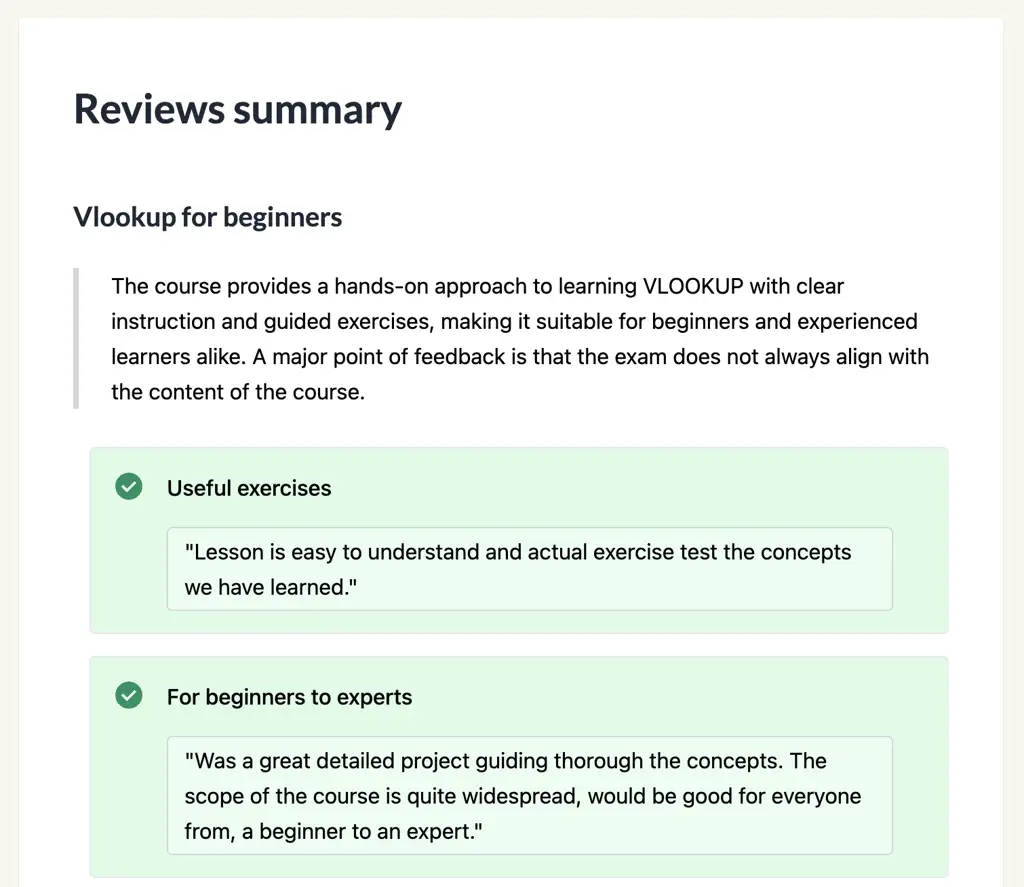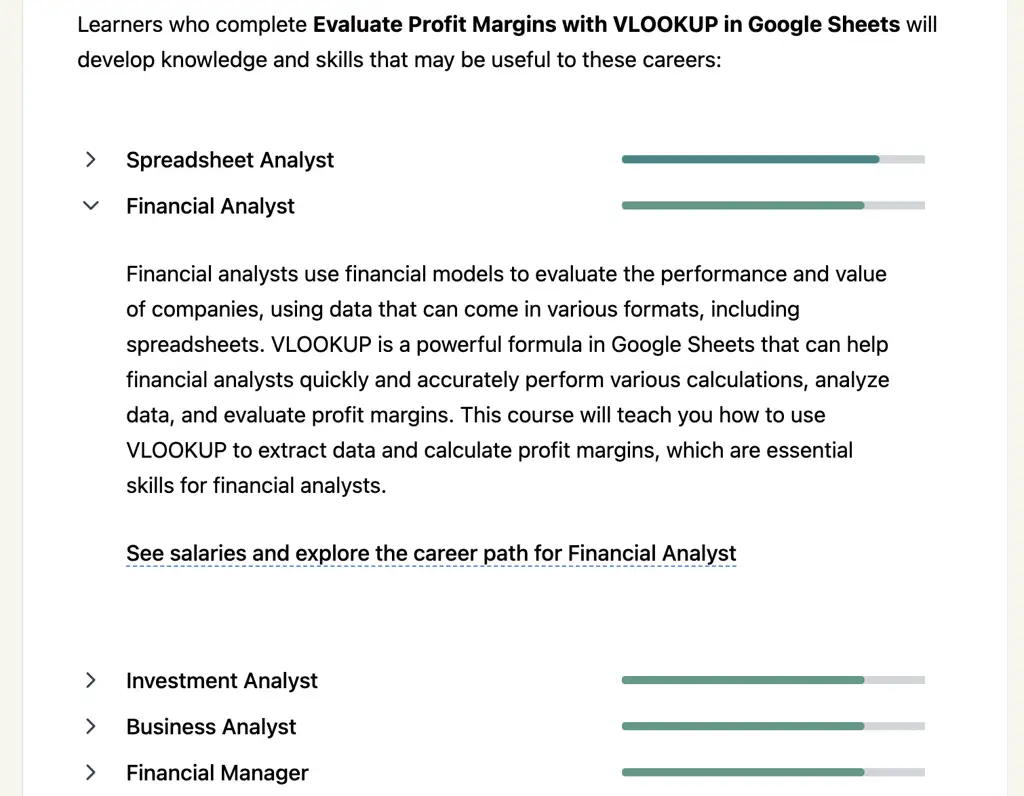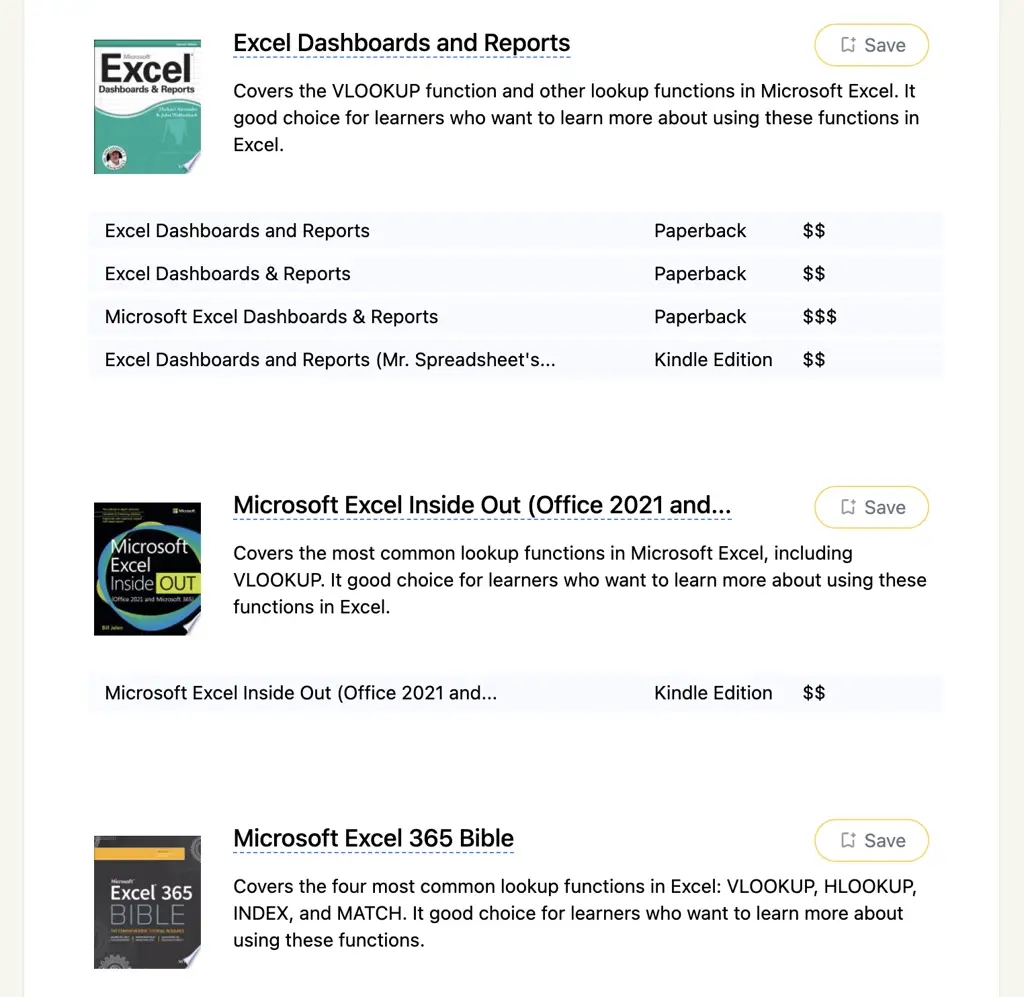
- Understanding Your Learning Motivation
- Navigating the course catalog: a strategic approach
- The traffic lights
- Summarized Reviews: Context Beyond Star Ratings
- Designing your ideal learning space
- Note-Taking in the Digital Age: Tools and Strategies
- The art of active learning
- Financial and Professional Considerations
- Embracing the Learning Journey
Understanding Your Learning Motivation
The world of online learning can seem overwhelming at first glance. Whether you're a professional seeking to climb the career ladder, a student looking to supplement your academic journey, or an enthusiast exploring a new passion, understanding your core motivation is the first critical step in your online learning adventure.
Professional learners might be seeking specific skill upgrades that can translate directly into career advancement. Perhaps you're a marketing coordinator hoping to master data analytics, or a teacher looking to incorporate cutting-edge educational technologies into your classroom. In contrast, students might use online courses as strategic study aids, finding supplementary explanations for complex academic concepts or exploring subjects beyond their current curriculum.
Navigating the course catalog: a strategic approach
Selecting the right online course requires careful consideration that goes far beyond a cursory glance. It's not just about finding a course that sounds interesting; it's about finding a learning experience that aligns perfectly with your goals and learning style. This is where OpenCourser becomes an invaluable ally in your learning journey.
The Challenge of Course Selection
Finding online courses is easy. Determining which course is truly right for you—that's the real challenge. OpenCourser transforms this complex process into a strategic, user-friendly experience that takes the guesswork out of course selection.
The traffic lights
Imagine having a comprehensive, at-a-glance understanding of a course's strengths and potential limitations. OpenCourser's innovative traffic light review system does exactly that:
- Green Icons: Highlight course strengths and standout features
- Yellow Icons: Indicate potential challenges or areas that might require additional consideration
- Red Icons: Signal significant concerns or potential dealbreakers
This visual approach allows learners to quickly assess a course's suitability without getting lost in overwhelming details. A course might have multiple green icons for "Excellent Instructor Credentials" or "Comprehensive Curriculum," while showing a yellow icon for "Challenging Time Commitment" or a red icon for "Limited Practical Applications."

Summarized Reviews: Context Beyond Star Ratings
Traditional review systems often leave learners with more questions than answers. OpenCourser's summarized reviews provide nuanced insights:
- Concise, professional summaries that capture the essence of student experiences
- Balanced perspectives that go beyond simple star ratings
- Specific callouts about instructor quality, course difficulty, and practical value

Career Alignment and Learning Pathways
Understanding a course's broader context is crucial. OpenCourser goes beyond simple course listings by offering:
- Career pathway recommendations
- Skill mapping to industry requirements
- Suggested complementary courses and learning tracks
For a marketing professional looking to dive into digital analytics, this might mean not just finding a single course, but understanding how that course fits into a broader skill development strategy.

Beyond the Course: Supplementary Learning Resources
OpenCourser recognizes that learning is a holistic journey. Each course listing includes:
- Recommended supplementary books
- Related professional certifications
- Additional learning resources that provide deeper context
This approach transforms course selection from a transactional experience to a strategic learning investment.

Making an Informed Decision
The key to successful online learning is not just finding a course, but finding the right course. OpenCourser provides the tools, insights, and context that empower learners to make informed decisions:
- Comprehensive course evaluations
- Summarized reviews
- Career and skill context
- Supplementary learning resources
Whether you're a professional seeking skill advancement, a student looking to supplement your education, or a lifelong learner exploring new passions, OpenCourser turns the complex process of course selection into a clear, strategic path to knowledge.
Designing your ideal learning space
Once you've picked out an online course from our extensive library, it's time to prepare your workspace.
Physical learning environment
Your learning space is a psychological catalyst for focus and productivity. More than just a desk, it's an intentionally designed environment that supports your educational journey. Consider the ergonomics of your workspace, prioritizing a chair that supports proper posture and positioning that maximizes natural light. A carefully curated learning area can significantly enhance your ability to concentrate and absorb information.

Minimize distractions by creating a dedicated learning zone. This doesn't require a separate room—even a carefully defined corner can be effective. Maintain a comfortable temperature, use noise-canceling headphones to block ambient sounds, and keep your workspace clean and organized. The goal is to create a physical environment that signals to your brain that it's time to focus and learn.
Technical environment
Your digital setup is equally crucial to effective learning. Choose a device that aligns with your specific learning needs, whether that's a lightweight laptop for online courses or a larger monitor for more complex work. Processing power, sufficient RAM, and a responsive interface can make the difference between smooth learning and constant technical frustration.
Maintain a reliable internet connection and keep your software updated. Multiple browser profiles can help you separate different types of learning, creating mental boundaries between various educational pursuits. Consider productivity tools that can enhance your learning experience, but don't get bogged down by too many digital accessories.
Mobile learning strategies
Modern learning isn't confined to a single space. Platforms like Coursera and Udemy now offer robust mobile applications that transform unexpected moments into valuable learning opportunities. Download course materials for offline study, making commutes and travel time productive learning windows. Wireless earbuds and portable battery packs can further enhance your ability to learn on the go.
Productivity apps like Notion and Anki can supplement your mobile learning, allowing you to capture notes, review materials, and track your progress from anywhere. The key is to create a learning ecosystem that moves with you, breaking down the traditional barriers of time and location.
Principles of an Effective Learning Environment
The most powerful learning environment is one that adapts to your unique lifestyle and learning style. It should integrate physical, digital, and mobile spaces seamlessly, minimizing friction in your educational journey. What works perfectly for one person may not work for another, so remain flexible and willing to experiment.
Continuously refine your approach, paying attention to what helps you focus, retain information, and stay motivated. Your ideal learning environment is a personal journey of discovery, constantly evolving as you grow and develop new skills.
Note-Taking in the Digital Age: Tools and Strategies
Digital note-taking has evolved far beyond simple text documents. Let's explore some powerful tools that can transform how you capture and interact with learning content:
Notion: The Swiss Army Knife of Digital Organization
Notion is more than just a note-taking app—it's a comprehensive workspace. Imagine a tool that combines wikis, databases, kanban boards, and traditional notes. For online learners, this means you can create interconnected learning spaces. You might have a database tracking course progress, linked to project notes, which are further connected to reference materials.

Evernote: The Classic Digital Notebook
Evernote excels at content capture across multiple platforms. Its web clipper allows you to save entire web pages, articles, and research materials directly into your notes. For students and professionals alike, this means building a comprehensive digital library that grows with your learning journey.
OneNote: Microsoft's Integrated Learning Companion
Particularly powerful for those already in the Microsoft ecosystem, OneNote integrates seamlessly with other Microsoft tools. Its ability to handle handwritten notes, typed text, and embedded multimedia makes it incredibly versatile. Students can annotate lecture slides directly, while professionals can create comprehensive project documentation.
Alternative Services Worth Exploring
- Roam Research: Ideal for connecting ideas and creating knowledge graphs
- Bear (for Mac users): Beautiful, minimalist design with powerful tagging
- Google Keep: Simple, quick note-taking integrated with Google ecosystem
The art of active learning
Active learning is the critical bridge between merely absorbing information and truly understanding and applying knowledge. It's a deliberate approach that transforms you from a passive recipient of information to an engaged, critical thinker who can not only comprehend but also creatively apply new concepts.
Step 1: Implement the Feynman Technique
The Feynman Technique, named after the renowned physicist Richard Feynman, is a powerful method of deep learning through explanation. Choose a concept you've just learned and imagine you're teaching it to a complete novice—perhaps a child or someone with no background in the subject. Write down your explanation, breaking the concept into simple, clear language. This process forces you to truly understand the material, identify gaps in your knowledge, and simplify complex ideas. If you struggle to explain a concept in simple terms, it reveals areas where your understanding is incomplete, signaling exactly where you need to focus your additional study.
Step 2: Create a Personal Knowledge Ecosystem
Transform your learning from isolated pieces of information to an interconnected web of knowledge. Start by creating a visual or digital map that connects new concepts to your existing understanding. Use tools like mind mapping software, digital notebooks like Notion, or even a physical notebook with colored connections. For each new piece of information you learn, ask yourself: How does this connect to something I already know? What previous knowledge does this challenge or expand? By actively seeking these connections, you're not just memorizing—you're building a comprehensive, living framework of understanding that makes future learning easier and more intuitive.
Step 3: Implement Immediate Application and Experimentation
Learning loses its power if it remains theoretical. For every significant concept you encounter, create an immediate, practical application. If you're learning programming, don't just read the tutorial—build a small project. Studying marketing? Develop a mock marketing plan. Taking a course on creative writing? Write a short story that implements the techniques you've just learned. This approach does more than reinforce learning—it builds confidence, reveals practical challenges, and helps you understand the nuanced application of theoretical knowledge. Embrace mistakes as valuable learning opportunities, recognizing that true mastery comes from iterative practice and reflection.

Step 4: Engage in Deliberate Reflection and Documentation
Establish a consistent reflection practice that goes beyond passive note-taking. After each learning module or significant study session, spend 10-15 minutes documenting not just what you learned, but how you learned it, what surprised you, and what questions emerged. Use a structured reflection format: What were the key takeaways? What challenged my existing understanding? What would I like to explore further? This metacognitive approach transforms learning from a linear process to a dynamic, self-guided journey of continuous improvement. Your reflection documents become a personalized learning diary that tracks not just what you've learned, but how your understanding has evolved.
Step 5: Build a Learning Community and Engage in Collaborative Discourse
Learning should never be a solitary experience. Seek out communities, discussion forums, or study groups related to your course or learning path. Actively participate by asking thoughtful questions, sharing your insights, and engaging in constructive discussions. For online courses, this might mean being an active participant in discussion boards. For professional learners, this could involve LinkedIn groups or specialized forums in your field. The goal is not just to consume others' perspectives but to contribute your unique insights, challenge assumptions (including your own), and learn through the diverse experiences of others. Collaborative learning exposes you to different perspectives, helps you articulate your understanding, and accelerates your learning process.
By embracing these strategies, you transform learning from a passive, often monotonous activity into an dynamic, engaging journey of personal growth and intellectual discovery.
Financial and Professional Considerations
Online courses are an investment—in yourself, your skills, and potentially your career trajectory. Compare course pricing, but also evaluate the potential return on investment. A $500 course that helps you secure a $10,000 salary increase is an exceptional investment.
For professionals, many employers offer learning stipends or reimbursement for courses directly related to your role. Always explore these opportunities before self-funding.
Embracing the Learning Journey
Online learning is not just about acquiring information—it's about transformation. Each course is an opportunity to expand your understanding, challenge your assumptions, and grow both personally and professionally.
Stay curious. Stay persistent. And most importantly, enjoy the incredible journey of continuous learning.




